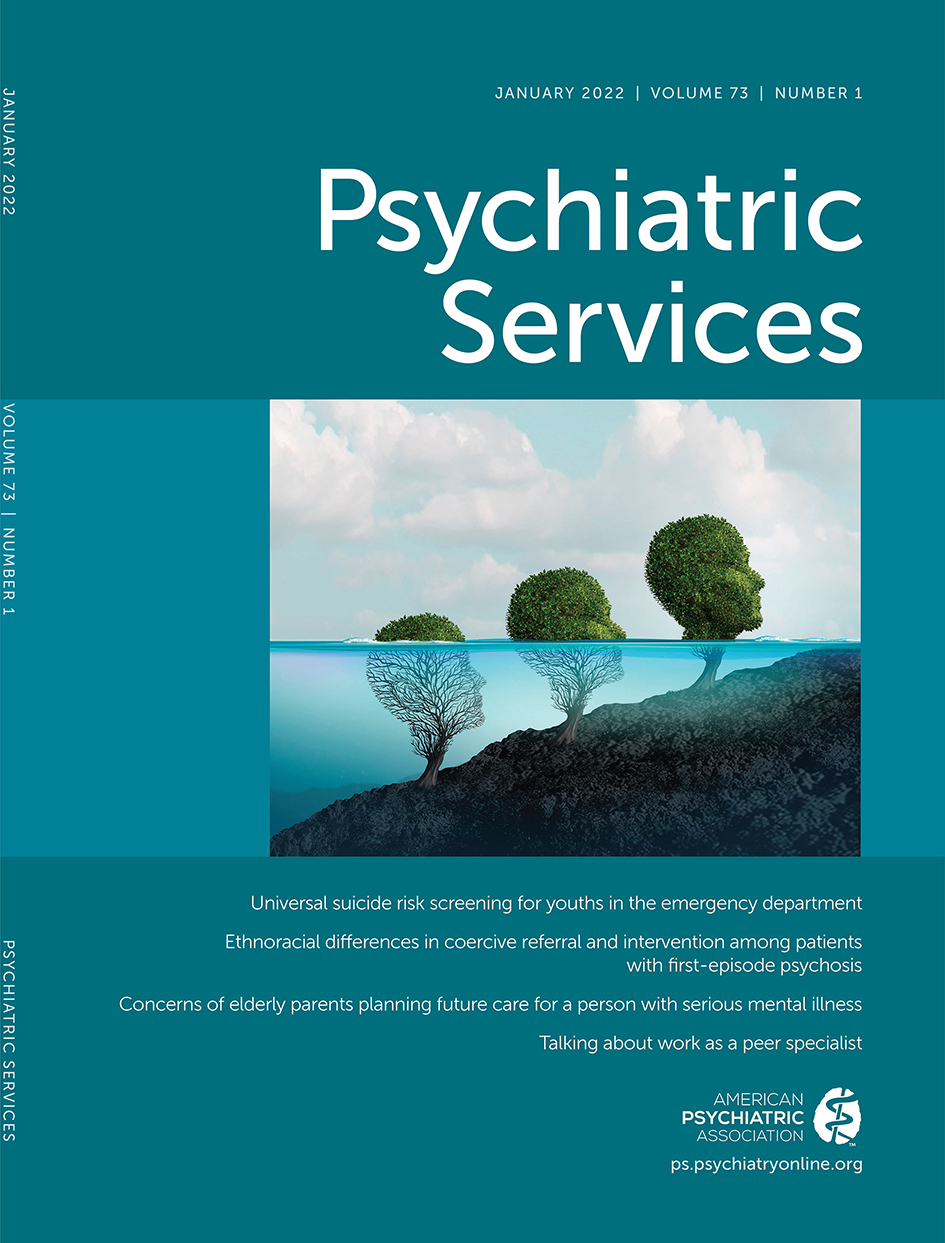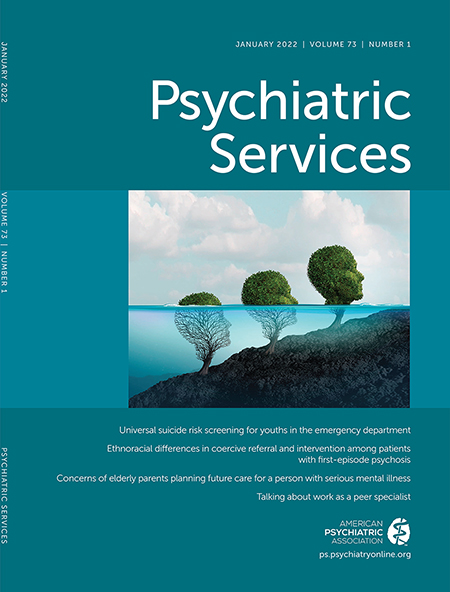When to Plan for Future Care
Just as mental health professionals guide parent caregivers to facilitate medication adherence and prevent relapses for a child with serious mental illness, they should also routinely take the lead in discussing and cocreating a future care plan. Elderly parents accompanying a service user for treatment should serve as a cue for mental health professionals to explore concerns about future care; an agency might find it useful to routinely raise the issue of future care planning with all service users as they reach their 40th birthday, for example. Advance care planning (
15), traditionally used for people with progressive deteriorating and terminal illness, is relevant in this context.
Ideally, the family should make a future care plan when parents are in good health. The starting point is to understand service users’ preferences and adopt a problem-solving approach to optimally use available resources (
13). Parents may also benefit from print and online resources created to help families of persons with mental illness (
4,
13,
16). Creating a future care plan will likely require multiple meetings with the mental health professional and family members (
13), and needs may change over time.
Elements of a Good Future Care Plan
The future care plan needs to meet the instrumental and affiliative needs of the service user. The type and extent of support required by service users may differ across life areas (e.g., food, shelter, clothing, money management, illness management, overall health, insurance, and transportation), and the support system should be individualized (
13). Some service users may be independent and require little assistance, whereas others may need support in multiple areas. Therefore, prospective caregivers could consider sharing the responsibilities of caregiving; a team concept can be beneficial. For example, a paid caretaker might perform daily chores, a friend might offer help with accessing medical consultations, and a family member might help manage finances. Legal aid may be needed to navigate guardianship issues, advance directives, will, trust, taxation, and benefits (
20). A certified financial planner’s advice may also help guide the family in protecting resources for the service user’s long-term access, especially if the service user is receiving government disability payments. Parents may benefit from interactions with other parents or families and from linking up with family support groups like the Planned Lifetime Assistance Network (
www.nationalplanalliance.org).
Planning for social support and comradery is also critical. While many service users have a circle of friends, others are isolated and depend on kin for social contact and nurturance. An open discussion is needed of how social contact, holidays, and outings will be handled once parents cannot meet this responsibility. The overall level of contact desired by the service user, and from whom, are essential parts of any future care plan development. Several members of the family or team can share this responsibility.
In gauging instrumental and affiliative needs, considering the support required by the person with serious mental illness in the past (accounting for periods of high and low functioning) could help anticipate supports likely to be required in the future. Parents often underestimate their child’s ability to learn new skills (
13). Supportive environments can guide service users to work on personally relevant life domains, which will likely motivate them to learn relevant life skills. Life skills can be learned in a variety of settings. Parents can often help establish modest and attainable steps toward learning the required skills, such as doing laundry or light cooking. Many mental health agencies have an assertive case management team or programs to teach life skills through activities at the clinic or as part of a clubhouse. Parents and mental health professionals should encourage and appreciate every preparatory effort, however small, by the service user to learn necessary skills.
A critical task, future care planning helps service users anticipate and prepare for significant life transitions. If the service user and parents live together, a vital part of the plan addresses the service user’s future residential needs. This issue is particularly complicated and can take time and thought to resolve. Some families plan for their loved ones to stay in their current home, but this arrangement requires that the service user manage the household. Other families may plan on the service user moving into a supervised setting. Here, the issue is often one of timing: should the move be done while the parent is still able to help support the service user in adjusting to the new circumstance, or should it be delayed, particularly if the service user provides some support and assistance to the parents (
21)? Making and implementing such an important decision can take time.

